
Introduction
Gold extraction from its ores is a complex process, with the cyanide leaching process being one of the most widely used methods in the mining industry. Since its industrial implementation in 1887. cyanide leaching has been the primary technique for extracting gold and silver from mineral raw materials. This method uses cyanide solutions as leaching agents to dissolve gold from gold - bearing ores, making it possible to recover gold from ores with relatively low gold content.
Principle of Cyanide Leaching
The cyanide leaching process relies on the unique ability of cyanide ions to combine with gold, forming stable complexes. In the presence of oxygen, gold within the ore reacts with cyanide ions, resulting in a soluble compound. This chemical reaction occurs in two main steps. First, gold undergoes oxidation in the presence of oxygen, and then the oxidized gold interacts with cyanide ions to create the soluble complex. The process has an electrochemical nature, where gold acts as an anode and oxygen reduction happens at the cathode. To ensure the reaction proceeds smoothly, the pH level of the leaching solution is carefully regulated. Cyanide is highly reactive, and in an acidic environment, it can produce toxic hydrogen cyanide gas. Therefore, the pH of the leaching solution is typically adjusted to a range of 10 - 11 using lime to avoid the formation of this dangerous gas.
Process Steps
Ore Preparation
The cyanide leaching process commences with ore preparation. Gold - bearing ore is typically crushed and ground to significantly reduce its particle size. This step is crucial because it increases the surface area of the ore, allowing for better contact between the ore and the cyanide solution. The finer the ore particles, the more effectively the cyanide can dissolve the gold. In many gold mines, the ore is processed to a point where a large portion of the particles are smaller than 100 micrometers, maximizing the potential for gold recovery.
Leaching
Once the ore is prepared, it is transferred to a series of leaching tanks. There are two primary leaching methods:
Percolation Cyanide Leaching: This method is commonly used for low - grade gold ores. The ore is arranged in large heaps or vats, and the cyanide solution is allowed to slowly pass through the ore bed. As the solution permeates the ore, it dissolves the gold, and the resulting gold - bearing solution, known as pregnant solution, is collected at the bottom. The effectiveness of percolation cyanide leaching depends on various factors, including the ore's particle size, the porosity of the ore bed, the concentration of the cyanide solution, and the flow rate of the solution.
Agitated Cyanide Leaching: Here, the ground ore is mixed with the cyanide solution in a stirred tank. Mechanical stirrers or air injection keep the slurry in constant motion, ensuring thorough contact between the cyanide and the gold particles. This agitation helps break up any clumps of ore particles and enhances the diffusion of cyanide ions to the gold particle surfaces. Although the leaching time in agitated tanks is generally shorter than in percolation leaching, it requires more energy for the stirring process. Throughout the leaching operation, the pH of the slurry is closely monitored and maintained at 10 - 11 by adding lime. This not only prevents the formation of toxic hydrogen cyanide gas but also stabilizes the cyanide solution. The concentration of cyanide in the leaching solution is carefully controlled, typically ranging from 0.05% to 0.2% depending on the characteristics of the ore.
Gold Recovery from Pregnant Solution
After the gold has been dissolved into the pregnant solution, the next stage is to recover the gold. Several methods are employed for this purpose:
1.Zinc Cementation: Zinc is more reactive than gold. When zinc powder is introduced into the pregnant solution, it displaces the gold from the gold - cyanide complex, causing the gold to precipitate as a solid. The precipitated gold is then separated from the solution, usually through filtration. At this stage, the gold is often in a sludgy form and requires further refining to achieve purity.
2.Activated Carbon Adsorption: Activated carbon has a large surface area, enabling it to adsorb gold - cyanide complexes from the solution. There are two common processes:
Carbon - in - Leach (CIL): In this process, activated carbon is added directly to the leaching tanks. As the gold is leached from the ore, it is simultaneously adsorbed onto the activated carbon.
Carbon - in - Pulp (CIP): After the leaching process is complete, the slurry is transferred to separate tanks where activated carbon is added. The gold - cyanide complexes adhere to the carbon. Once the carbon has adsorbed a sufficient amount of gold, it is separated from the slurry by screening. The carbon loaded with gold then undergoes additional treatment, such as elution, to extract the gold. The gold is subsequently recovered from the eluate, typically through electrowinning or zinc cementation.
Refining
The gold obtained after precipitation or desorption from the carbon still contains impurities and requires refining to reach high purity. The most common refining methods include:
Electrolytic Refining: In this method, the impure gold serves as the anode in an electrolytic cell, while a pure gold sheet acts as the cathode. The electrolyte is usually a solution of gold salts. When an electric current is passed through the cell, gold from the anode dissolves into the electrolyte and is deposited onto the cathode in a pure state. Impurities either remain in the solution or settle at the bottom of the cell as sludge.
Miller Process: This is a pyrometallurgical refining method. The impure gold is melted, and chlorine gas is bubbled through the molten metal. The chlorine reacts with impurities like copper, lead, and silver, forming volatile chlorides that can be removed from the molten gold.
Applications and Considerations
The cyanide leaching process is widely utilized in commercial gold mining, especially for processing low - grade gold ores where other methods may not be economically feasible. However, there are several important aspects to consider:
Environmental and Safety Concerns: Cyanide is highly toxic. Any leakage or improper handling of cyanide solutions can pose a serious threat to the environment and human health. Strict safety protocols must be followed during the storage, transportation, and use of cyanide. Additionally, proper treatment of cyanide - containing tailings is essential to prevent cyanide from entering the environment. Many countries have stringent regulations governing the use and disposal of cyanide in the mining industry.
Ore Characteristics: The cyanide leaching process is not suitable for all types of gold - bearing ores. Ores with high levels of certain elements such as copper, arsenic, antimony, sulfur, and carbon can interfere with the cyanidation process. For instance, copper can react with cyanide, reducing the amount of cyanide available for dissolving gold. In such cases, the ore may need to undergo pretreatment before cyanide leaching. Pretreatment methods can include roasting, bio - oxidation, or pressure oxidation to eliminate or modify the interfering elements.
Conclusion
The cyanide leaching process is a fundamental part of the modern gold mining industry, enabling the extraction of gold from a wide variety of ores. Despite its environmental and safety challenges, with proper management and technological progress, it remains an efficient and cost - effective method for gold extraction. As the demand for gold persists, ongoing research and development efforts are focused on enhancing process efficiency, minimizing environmental impact, and exploring alternative leaching agents to replace cyanide in the future.
- Random article
- Popular articles
- Popular comments
- Hg-ore Gravity selection+flotation process
- Carbon leaching beneficiation process for gold mines
- Sand gold beneficiation process
- Zirconium Ore Separation: Gravity and Magnetic Methods
- chrome ore processing:Advanced Magnetic Separation Processing Technology
- Copper-Molybdenum Ore Separation & Flotation Process
- Polymetallic Molybdenum Ore Processing: Magnetic Separation and Flotation

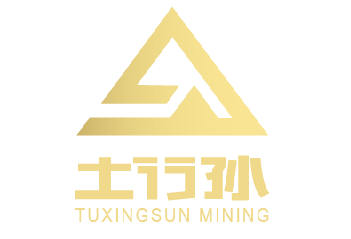

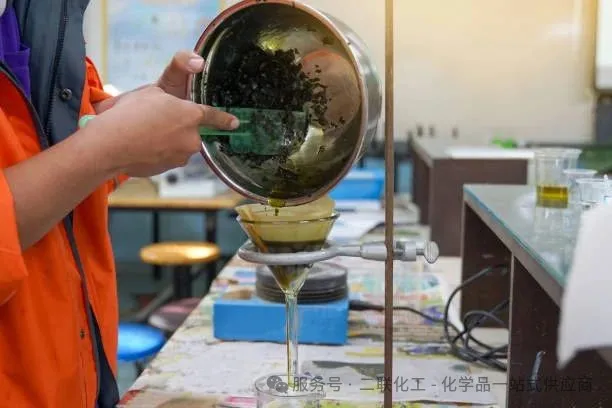
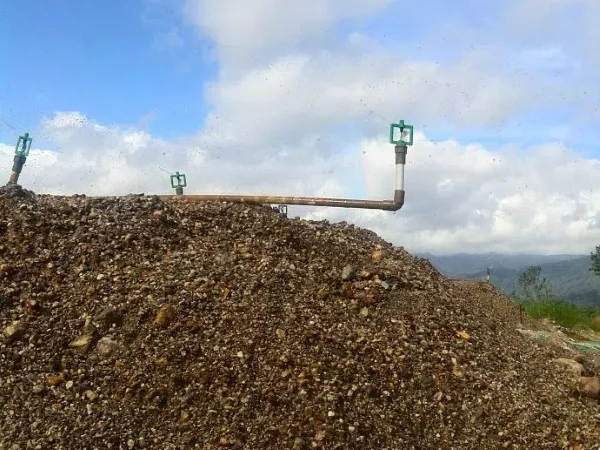
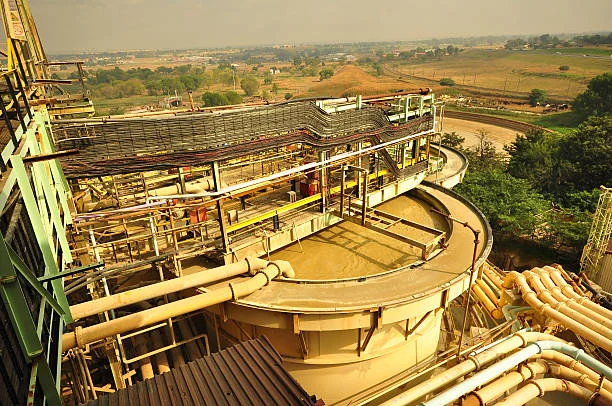

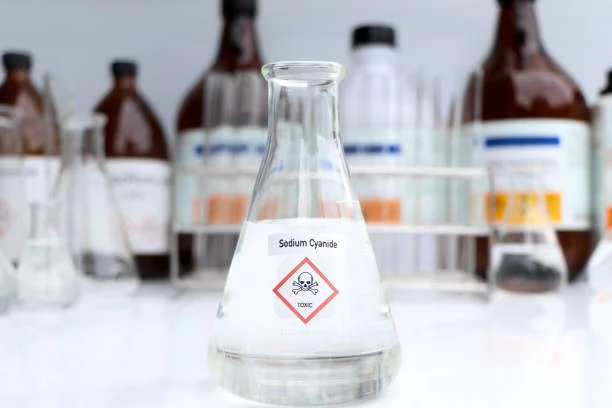

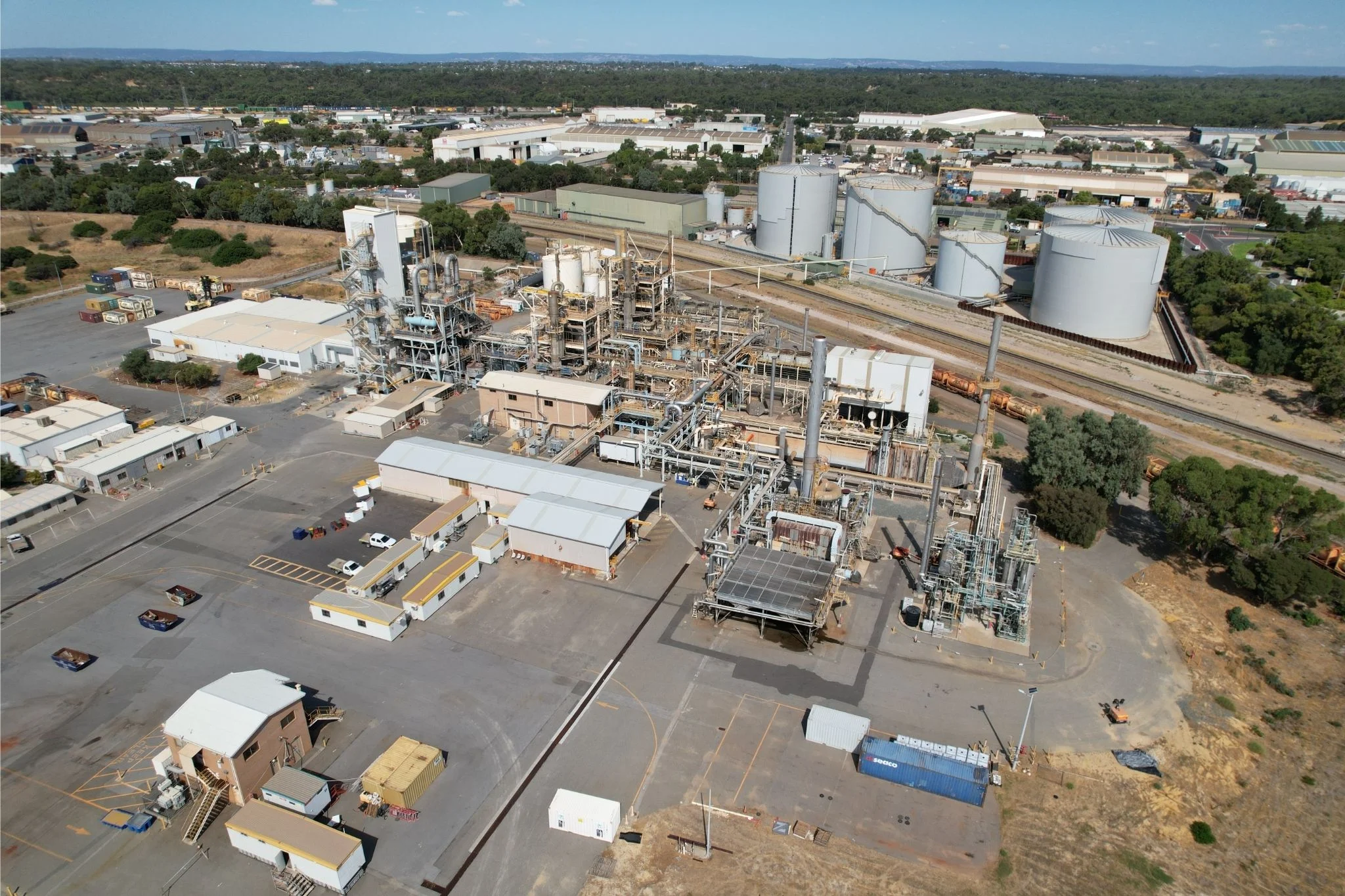



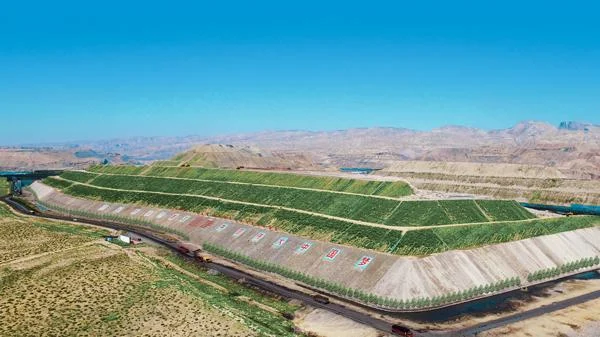

Leave a message with your needs or comments
Add comment: